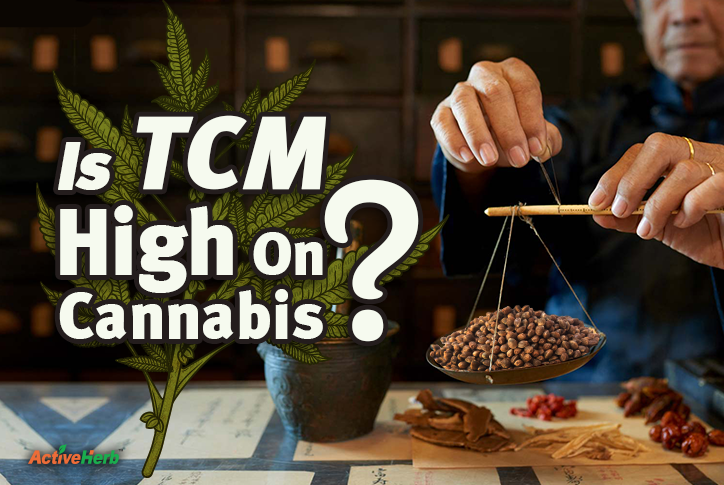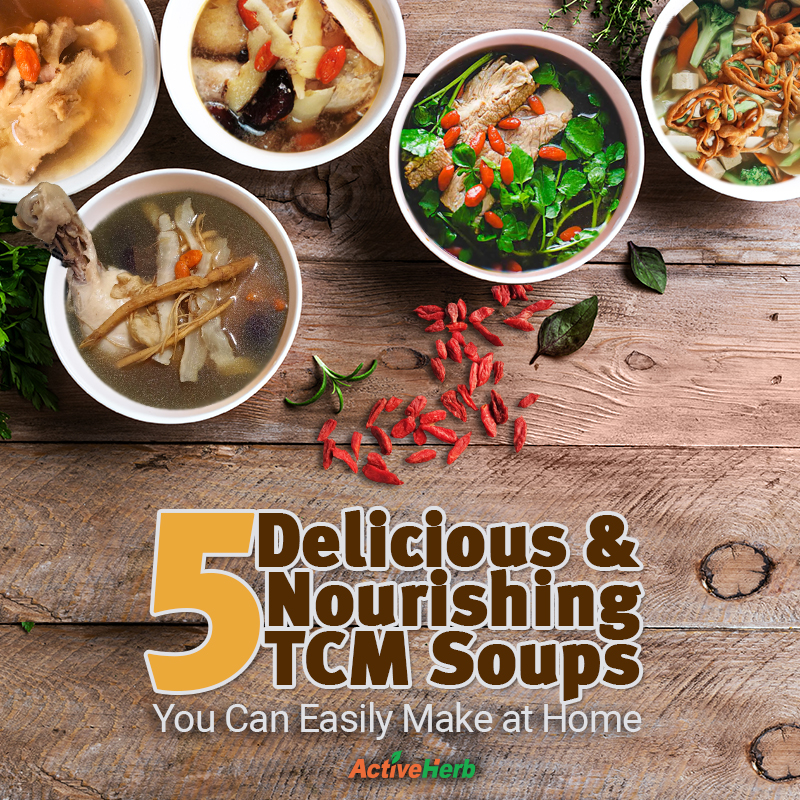Is Traditional Chinese Medicine High On Cannabis Use?

Does cannabis have a place at the traditional Chinese medicine table? Think about all the articles or product advertisements that relate to Chinese medicine. Chances are you’ve never come across a single recommendation to use cannabis. Yet, somehow, “Da Ma” or cannabis, is regarded as a top-50 fundamental herb in traditional Chinese medicine (TCM).
In fact, the traditional use of cannabis dates back nearly three millenia. Considering this fact, does that mean that in back room TCM pharmacies around the world, Chinese medicine doctors are discreetly dispensing marijuana?
First of all, the short answer is no. And second of all, cannabis doesn’t automatically imply marijuana. As the West has discovered just in the past decade, the cannabis sativa family of plants also includes hemp.
If you’re not familiar with CBD, hemp, THC, Organic CBD Nugs and the differences between them, before we go any further with the TCM history of cannabis use, here’s a brief tutorial.
What’s The Difference Between THC and CBD?
Hemp contains a lot of the non-psychoactive molecule, CBD (cannabidiol) , and a tiny bit of THC (tetrahydrocannabinol). CBD doesn’t get users high, and it’s the second-most abundant molecule in marijuana. THC, the molecule in pot that elicits a stoned feeling, is the most prevalent molecule in marijuana.
CBD has a balancing effect on THC; it counteracts the anxiety and high feeling that can occur from consuming a high-THC strain of marijuana. With passage of the 2018 federal farm bill, CBD extract is legal in all 50 states, provided that it is derived from industrial hemp and does not exceed 0.3% THC, which is an amount that does not produce a psychoactive effect.
The Endocannabinoid System: Similarities With TCM
One more important thing to note about THC and CBD before addressing the role cannabis plays in TCM.
Both molecules activate the body’s internal cannabinoid system, which is also called the endocannabinoid system (ECS). The ECS, discovered only in 1992, is a vast network of receptors in the body that regulate virtually every important physiological function in the body. These receptors, when activated in just the right way, help maintain homeostasis in the body, much like the concept of Yin/Yang in TCM theory.
Actually, you can think of the ECS network of receptors through the body in a similar way to the meridian system of TCM; both systems play a critical role in regulating energy.
The History of Cannabis In TCM
Now that you understand the basics of cannabis and the ECS, let’s get back to our history lesson, shall we?
As mentioned earlier, cannabis has a long, storied history in Chinese medicine. But it’s use wasn’t strictly for recreational purposes. Rather, the non-psychoactive component of cannabis, what we today call “CBD” (which stands for cannabidiol) was known to exert medicinal effects without triggering psychoactive reactions. Shen Nung, the second emperor of ancient China, and who is considered the father of Chinese medicine, is believed to be the first to document the therapeutic role of cannabis.
The first physician to be credited with using anesthesia during surgery, Hua Tuo (140-208 AD), is also credited with acknowledging the pain-relieving effect of hemp extract.
Hemp, in TCM theory, has been associated with longevity, and is considered an elixir of life. The Chinese character system was formulated roughly 3,000 years ago. Cannabis already by then was so well-regarded for therapeutic purposes that it became associated with the Chinese character that denotes anesthesia.
To dull pain, cannabis was dried and powdered and usually mixed with wine, in a preparation known as “Ma Fei San.” Cannabis was also used in conjunction with acupuncture to numb the body’s pain responses. Centuries later, hundreds of CBD companies are trying to make a quick buck touting their hemp extracts for the same outcome.
Is Cannabis Used Today In TCM?
In modern TCM, cannabis or hemp seeds are constipation remedies. The plant is also used for cramps, anxiety, dry cough, asthma and spasms.
In cases of Yin deficiency, which is an absence of cooling energy in the body, cannabis can help fortify Yin. However, cannabis, especially marijuana, is not recommended as a singular medicine. That’s because cannabis itself can disrupt the central tenet and goal of TCM philosophy: to obtain and maintain Yin/Yang balance (harmony or homeostasis).
Ingesting marijuana in excess can in fact deplete the body of vitality and Kidney Yin (which contributes to adrenal fatigue, to use a popular western alternative medicine term).
How To Activate the Endocannabinoid System—Without Cannabis
You don’t have to get high to activate your body’s internal cannabinoids. Instead, try a session of acupuncture. Studies show the TCM modality increases CB2 receptors in the body to upregulate opioids in inflamed skin tissue. Acupuncture also activates the body’s internal bliss chemical, anandamide, which is a neurotransmitter that binds to the same cell receptors as marijuana.
There are also plant compounds that mimic the effects of cannabis albeit very minimally. One example is quercetin, a flavonol antioxidant, which is abundant in ginkgo biloba, which is a herb featured in our respiratory-support formula, Breathmooth.
Resveratrol is another plant compound that contains cannabis-copy-cat chemicals. Famous for being the all-star ingredient in red wine, resveratrol increases the expression of CB1 and CB2 receptors on the cell surface, which, studies suggest, supports healthy brain function. The herb, Mulberry root bark, contains resveratrol.
Research shows another bark, Hou Po (Magnolia bark) contains two polyphenol antioxidants – honokiol and magnolol – that activate the CB2 receptor. CB2 helps support the inflammation response.
And last but certainly not least, perhaps the most popular of all Chinese herbs in the West, ginseng (Ren Shen) contains phytocannabinoids. In fact, for marijuana users on the wrong end of a high, ginseng has been shown to reduce the psychoactive properties of THC.
This by no means to suggest that TCM herbs such as ginseng will get you high or are very similar to non-psychoactive CBD. But using TCM herbs may support your body’s homeostasis.
References:
Cannabis & Traditional Chinese Medicine






